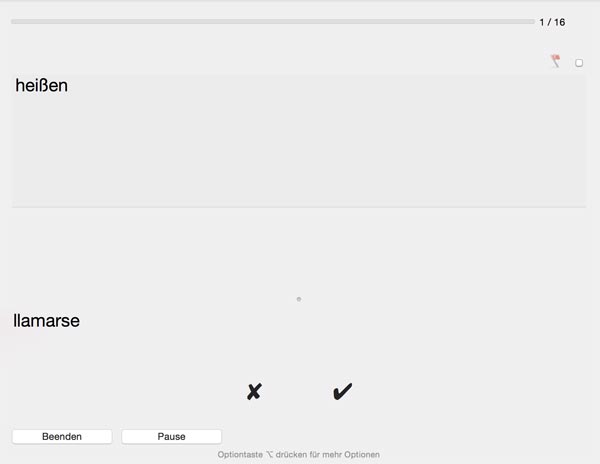
For instance, an artist may render a surface so that it appears to be rough, but in fact it is smooth.
Implied Texture: Visually created quality of a surface. Hatching: Fine lines used to create value. Graphite: Another name for pencil lead. Gradation: Blending in such a way that you move seamlessly between values and/or colors. Form: A three dimensional object (a sphere, a vase, a sculpture). This is a soft pencil that allows for dark, rich values. Ebony pencil: A brand name for a drawing pencil we use in class. Drawing from observation: Drawing images that you are looking at.  Drawing from imagination: Drawing ideas or images that you created in your own thoughts. Critique: Dialogue/Discussion revolving around an artwork intended to: complement, give constructive feedback, inquire…. Cross-hatching: Overlapping fine lines used to create value. Contrast: Comparison of elements in a design (light and dark, bright, dull, busy and restful). Contour line drawing: Style of drawing that relies on line to define a form, often moving from the exterior of the form to the interior.
Drawing from imagination: Drawing ideas or images that you created in your own thoughts. Critique: Dialogue/Discussion revolving around an artwork intended to: complement, give constructive feedback, inquire…. Cross-hatching: Overlapping fine lines used to create value. Contrast: Comparison of elements in a design (light and dark, bright, dull, busy and restful). Contour line drawing: Style of drawing that relies on line to define a form, often moving from the exterior of the form to the interior.  Composition: The arrangement of elements on a picture plane. Burnishing: When working with colored pencil-using a white color or colorless blending on top of another color to create a smooth, waxy surface. B ackground: In a drawing or painting, the space behind the main subject matter.
Composition: The arrangement of elements on a picture plane. Burnishing: When working with colored pencil-using a white color or colorless blending on top of another color to create a smooth, waxy surface. B ackground: In a drawing or painting, the space behind the main subject matter. 
Actual Texture: Physical quality of a surface. The focus instead, may be on color, shape, brushstrokes, texture, and idea, etc… Abstract: May make reference to something representational, but the goal is not to accurately represent an image in a realistic way.










